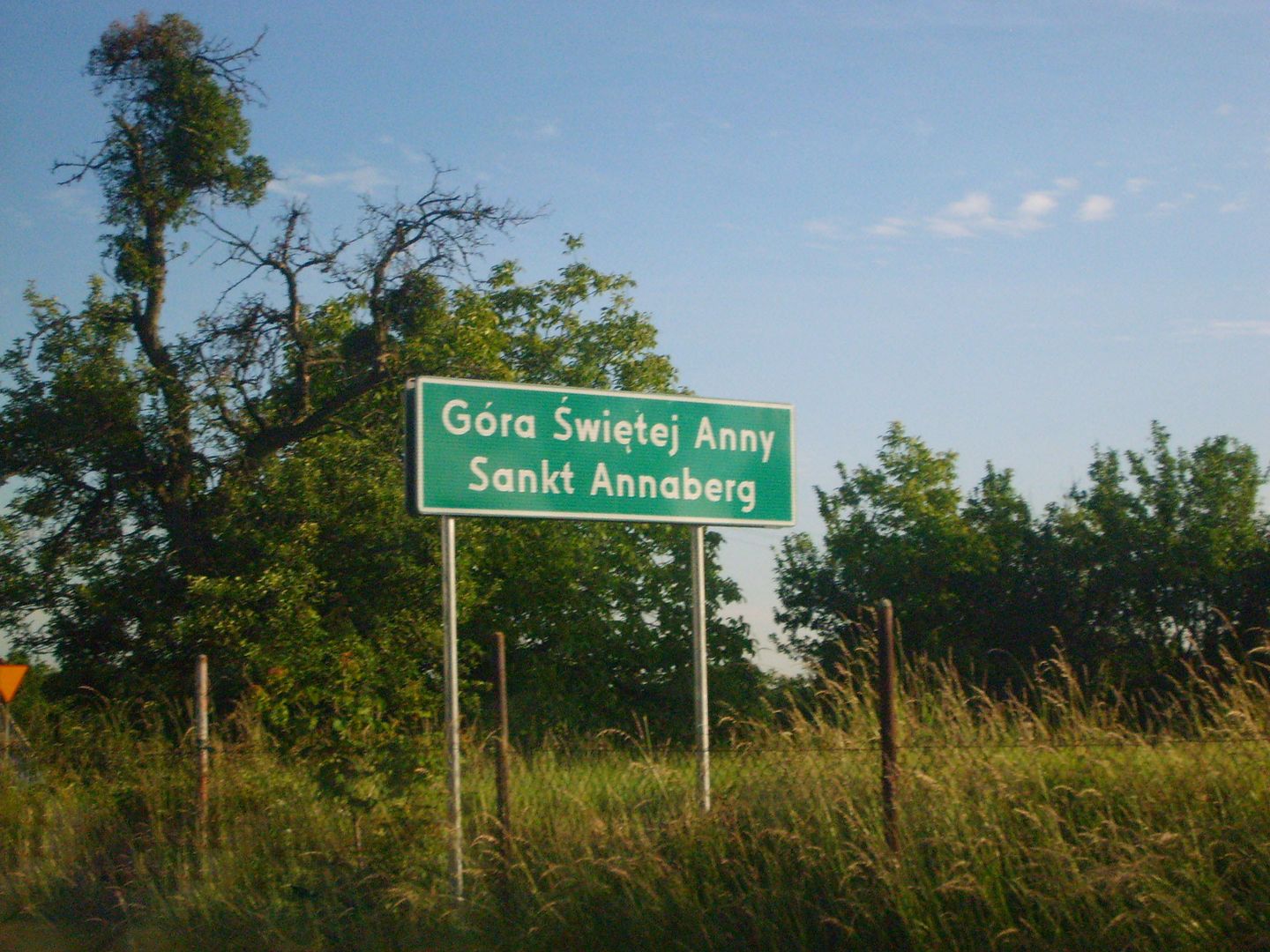Mount Saint Anne
6.67

Overview
Mount Święta Anna, located in the Opole Voivodeship, is a village with a rich history and numerous monuments. The name of the town, derived from Saint Anne, the patron saint of the monastery, attracts pilgrims to the basilica and sanctuary, where a 16th-century sculpture of Saint Anne with the Virgin and Child is housed. In the 17th century, the church acquired a new sculpture and its dedication was changed from Saint George to Saint Anne. The Franciscan monastery complex, with its Baroque church and courtyard, was built between 1730 and 1749. Mount Święta Anna was the site of significant historical events, including battles during the Third Silesian Uprising, commemorated by the Monument to the Insurgent Deed by Xawery Dunikowski. The town also hosted gatherings of Poles from Silesia, including the Congress of Poles of Opole Silesia in 1936. In the 19th century, intensified nepheline mining contributed to the development of the area. The mountain attracts tourists thanks to the Landscape Park, which includes a geological reserve. It is worth mentioning the amphitheater from the 1930s, built by the Germans, which is now in a state of neglect. Annual pilgrimages take place at the summit, and the town has transformed into a cultural center with numerous museums, including the Museum of the Insurgent Deed and the Museum of the Holy Cross. Interestingly, Mount Święta Anna was a functional craft center in the 19th century and the subject of many literary references, most notably in Norbert Bonczyk's poem. Today, with the A4 motorway to the north, Mount Święta Anna is an important point on Poland's tourist map, combining historical and cultural significance with natural beauty.
Location
2025 Wizytor | All Rights Reserved